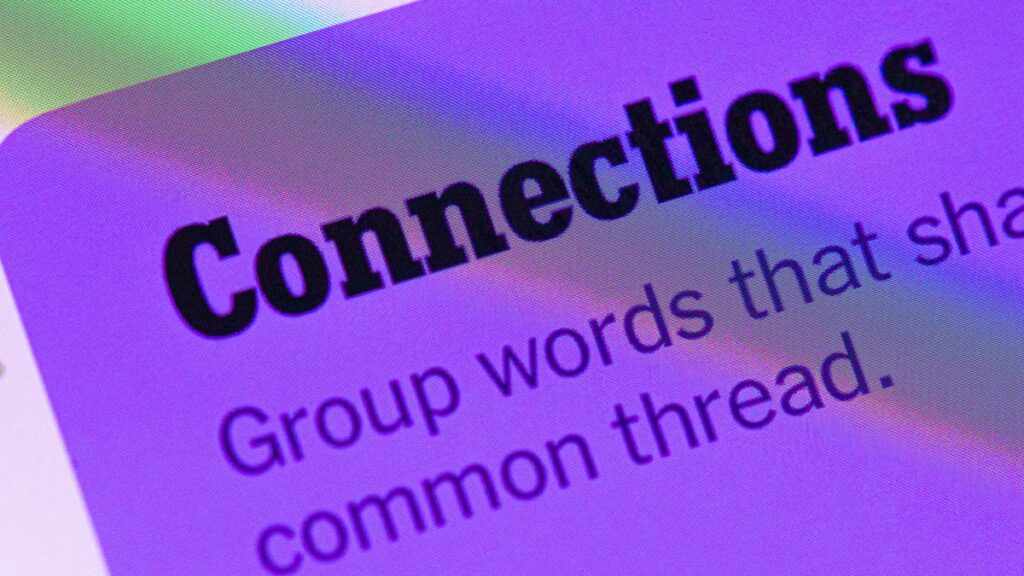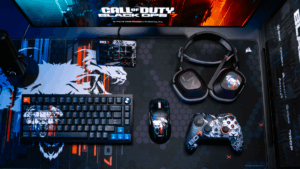
In the world of digital puzzles, The New York Times’ Connections game continues to captivate enthusiasts with its unique blend of wordplay and logic. On October 23, puzzle #865 presented a fresh challenge, inviting players to navigate through cleverly disguised categories. This particular puzzle attempted to mislead participants with baby animal names like “kitty” and “ducky,” each belonging to distinct groups.
For those seeking assistance, today’s article provides essential hints and solutions, ensuring players can unravel the complexities of the Connections puzzle. Additionally, The Times has introduced a Connections Bot, similar to its Wordle counterpart, offering players a numeric score and analytical feedback on their performance. Subscribers to the Times Games section can now track their progress, including metrics such as the number of puzzles completed, win rate, perfect scores, and ongoing win streaks.
Hints for Today’s Connections Groups
The October 23 puzzle is divided into four color-coded groups, each with its own thematic hint. These hints range from the straightforward yellow group to the more challenging purple group:
- Yellow group hint: Awesome!
- Green group hint: Cash out!
- Blue group hint: Medalists use these.
- Purple group hint: Groceries go in here.
Answers for Today’s Connections Groups
For those eager to confirm their solutions, here are the answers for each group:
- Yellow group: The theme is “peachy,” including words like dandy, ducky, fine, and swell.
- Green group: The theme is “winnings,” featuring words such as kitty, pot, prize, and purse.
- Blue group: The theme is “pieces of Olympic sports equipment,” with answers like ball, birdie, puck, and stone.
- Purple group: The theme is “____ bag,” encompassing words such as doggy, go, mixed, and swag.
Challenging Connections Puzzles
As players continue to engage with Connections, some puzzles have stood out for their difficulty. Here are a few of the toughest puzzles to date, which may offer insights into spotting patterns in future challenges:
- #5: Included “things you can set,” such as mood, record, table, and volleyball.
- #4: Featured “one in a dozen,” with words like egg, juror, month, and rose.
- #3: Focused on “streets on screen,” including Elm, Fear, Jump, and Sesame.
- #2: Themed around “power ___,” with options like nap, plant, Ranger, and trip.
- #1: Highlighted “things that can run,” such as candidate, faucet, mascara, and nose.
The Impact of Puzzle Games on Cognitive Skills
The popularity of games like Connections and Wordle underscores a broader trend in cognitive entertainment. Experts suggest that engaging with puzzles can enhance problem-solving skills, improve memory, and even boost mood. According to a study published in the journal Frontiers in Psychology, regular puzzle-solving can lead to “improved cognitive function and increased mental agility.”
“Puzzles challenge the brain in unique ways, fostering creativity and critical thinking,” says Dr. Emily Chen, a cognitive psychologist at the University of California. “They offer a fun and engaging way to keep the mind sharp.”
As digital puzzles continue to evolve, their role in both entertainment and cognitive health is likely to expand. For enthusiasts, the challenge and satisfaction of solving these puzzles provide a daily mental workout, while for researchers, they offer a valuable tool for studying cognitive processes.
Looking ahead, The New York Times and other platforms are expected to introduce even more innovative puzzle formats, keeping players engaged and mentally stimulated. As the landscape of digital games expands, so too does the potential for these games to contribute to our understanding of the human mind.






